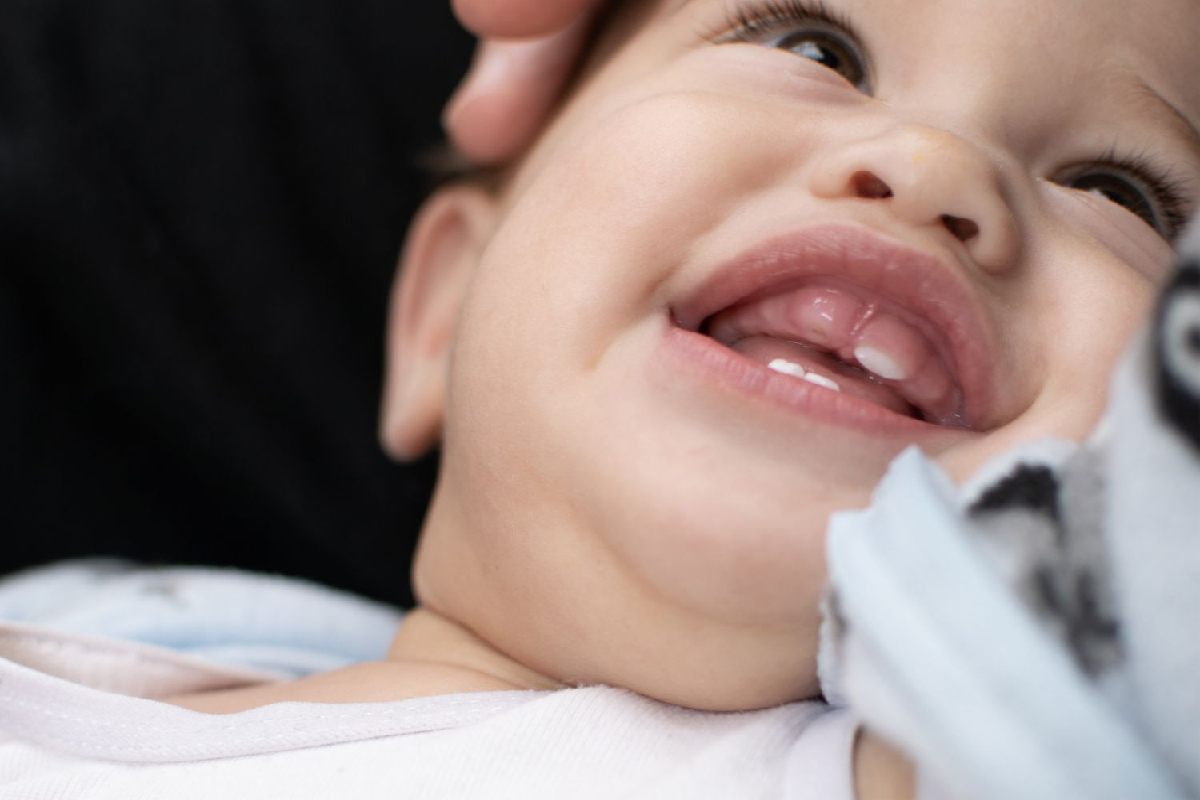Lip Tie The Condition Often Resolves On Its Own. If Non, It Can Be Treat With Surgery.
Lip cleavage is a condition where the skin of the upper lip sticks to the gums so that the lips do not move, and it is difficult for your baby to breastfeed. Learn more about how lip tie is diagnosed and your options for treating it if your baby is affected.
Table of Contents
A State That Bounds The Range Of Motion Of The Tongue Tie.
The condition is present at birth. It can affect how the baby eats and talks and interfere with breastfeeding. A small band of tight tissue connects the tongue’s tip to the mouth’s floor.
Symptoms include difficulty sticking the tongue to the lower front teeth or lifting it to the upper teeth, although many people do not have any symptoms.
Some Facts Are There In Between The Lip Tie And Tongue Tie
The tongue is a powerful muscle essential for sucking, swallowing, eating, drinking, chewing, breathing, speaking, and jaw growth, and even plays a role in improving digestion. The relation of the tongue or the respect of the lips can affect all these functions. It can also make breastfeeding difficult, which is thought to be important in the baby’s weight gain and in developing the correct tongue function for proper airway and jaw development.
Although awareness of the issue of tongue support for parents and professionals is improving, the impact of the restriction is often forgive or ignore.
For example, with feeding difficulties, moms may be told that “it’s going to hurt by week six,” “baby is gassy, fussy, or spitting up,” or “your baby is just a sluggard.” feeder.” ,
Fact – 1 The tie does not stretch or tear and causes interference when getting an excellent secure latch to the mother’s breast or bottle nipple.
Fact -2 Most babies with a tie can stick out their tongues. This protrusion is not the correct way to assess tongue function and connection.
Fact – 3 When the upper lip fails to move upward enough, it can be difficult for the baby to maintain a good, secure latch. The tie of the upper lip can also interfere with the closure of the mouth (a typical appearance of Cupid’s bow), making it difficult to brush or create gaps between teeth.
At What Age Should Lip Tie Be Correct?
Is there an ideal age for lip ligation surgery? A lip tie procedure can be perform on a baby above 12 months of age, although conditional on the severity of the problem, and it may affect the baby’s ability to feed. It can be very appropriate from patient to patient and dentist.
How Severe Is A Lip Tie?
Lip relationships don’t have as many complications until later in life. Some pediatricians believe that a whole lip tie can make young children vulnerable to cavities.
After a baby is unable to breastfeed effectively, it can lead to poor nutrition. A severe lip tie can also affect your child’s dental health. Babies’ teeth are often damage by lip tying. Lip ties can cause tooth decay in your child when milk and food particles get stuck in the teeth due to the upper lip.
Can Lip Tie Go Away On Its Own?
A lip tie is not similar to a tongue tie, which sometimes goes away on its own. When should lip tie be treat to ensure the proper development of your baby?
How to Feed A Baby By A Lip Tie?
A baby with a bow on the lips may find it easier to drink from a bottle. Expressed breast milk or store-bought formula are acceptable forms of nutrition. They will keep your child on the developmental track when you determine that your child needs a lip tie checkup.
If you need to continue breastfeeding, be sure to pump each time your baby drinks formula to keep up your milk supply.
You might need to be a bit planned to breastfeed a baby with a lip tie. Try to relax your breast with your baby’s spit before attempting latch-on, and practice proper latch-on techniques so your baby can grasp your breast completely.
A lactation advisor can help you think of ways to make breastfeeding. More comfortable and efficient for you and your baby.
Lip Tie Adjustment
Medical techniques try to loosen the lip tie and make it easier for babies to breastfeed. Practicing moving your finger over your baby’s lip and reducing the space between the lip and gingival line can gradually improve the mobility of your baby’s lips.
Suppose your baby has a lip tie that limits their ability to feed. In that case, a pediatrician may recommend you “modify” or “release” both. Regardless of whether the lip tie is level 1 or level 1. 2 is consider. Level 1 and Level 2 lip ties are usually left alone and do not require modification.
Level 3 or 4 lip ties may be require in a “frenectomy” procedure. It can be by a pediatrician or, in some cases, by a pediatrician.
And also frenectomy carefully cuts the membrane that connects the lip to the gums. La Leche League lactation experts report that this procedure causes little pain or discomfort to the baby. The situation can be use a laser or antiseptic surgical cutters.
There haven’t been many studies of lip relations per se. Tongue and lip ties have been exam in studies examining the success of surgical treatment.


